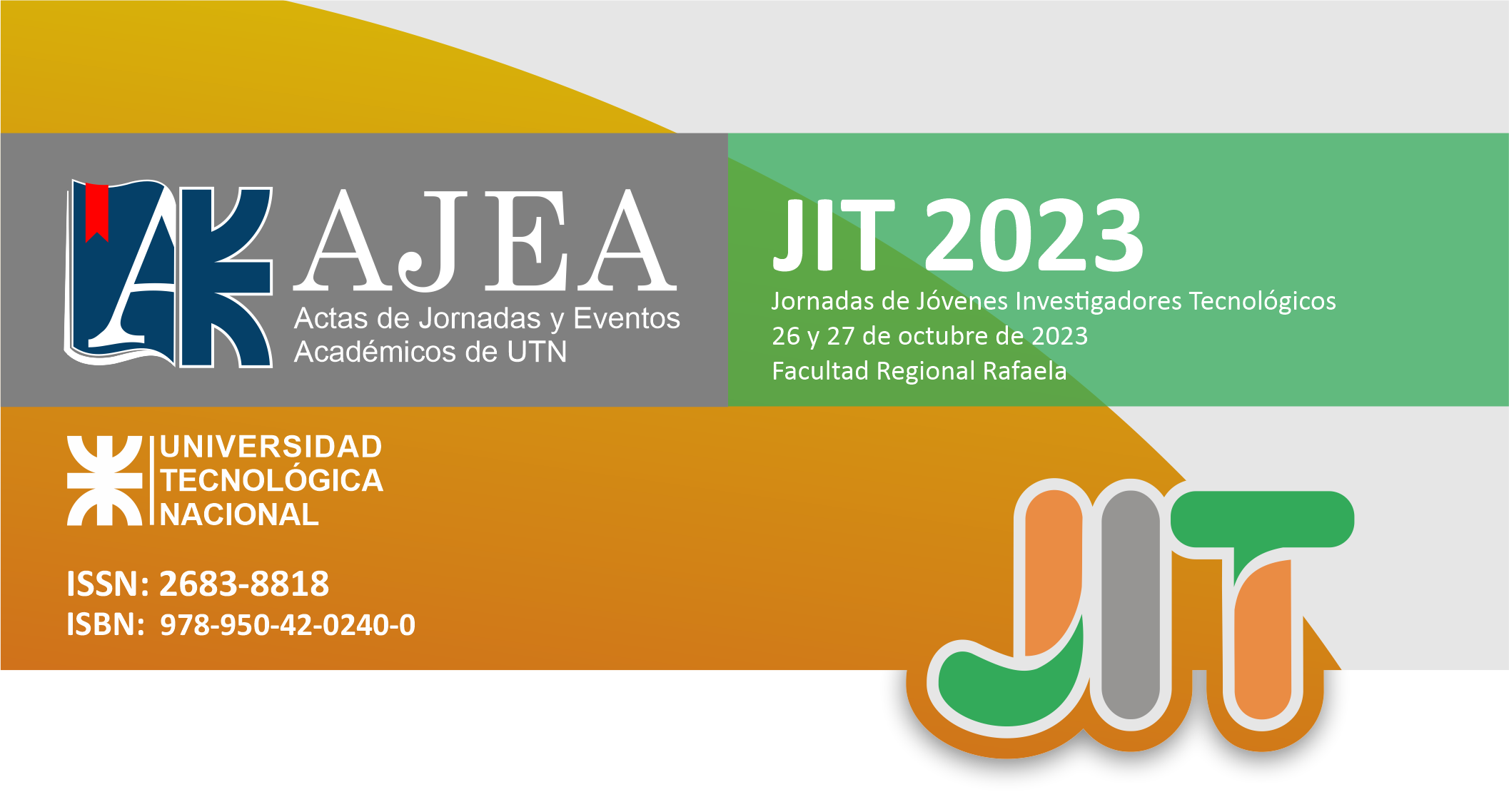Leachate contaminants removal from Rafaela landfill applying Hybrid constructed wetland.
Keywords:
Landfill, leachate, Typha domingensis, cellular concreteAbstract
The anaerobic decomposition of organic waste within a landfill generates biogas and a liquid effluent referred to as leachate. This effluent managing and disposing presents the principal challenge associated with this waste disposal methodology. The aim of this research is to assess the effectiveness of contaminant removal from landfill leachate through the application of a hybrid constructed wetland system, formed by a vertical subsurface flow wetland and a horizontal subsurface flow wetland arranged in series. Four mesocosms were established to emulate this hybrid constructed wetland planted with Typha domingensis and applying cellular concrete as a substrate. Before and after each treatment, various physicochemical parameters were measured. System removal efficiencies close to 66% for suspended solids, 69% for chemical oxygen demand, 91% for biological oxygen demand, 96% for total phosphorus, 99% for ammonium and 91% for total Kjeldahl nitrogen were obtained.
Downloads
Metrics
Downloads
Published
How to Cite
Conference Proceedings Volume
Section
License
Copyright (c) 2024 Gonzalo Gutierrez, Sabrina Monay, Marisol Farias

This work is licensed under a Creative Commons Attribution-NonCommercial 4.0 International License.










